Home>Gardening & Outdoor>Home DIY & Maintenance>How Do You Remove Furniture Polish Buildup
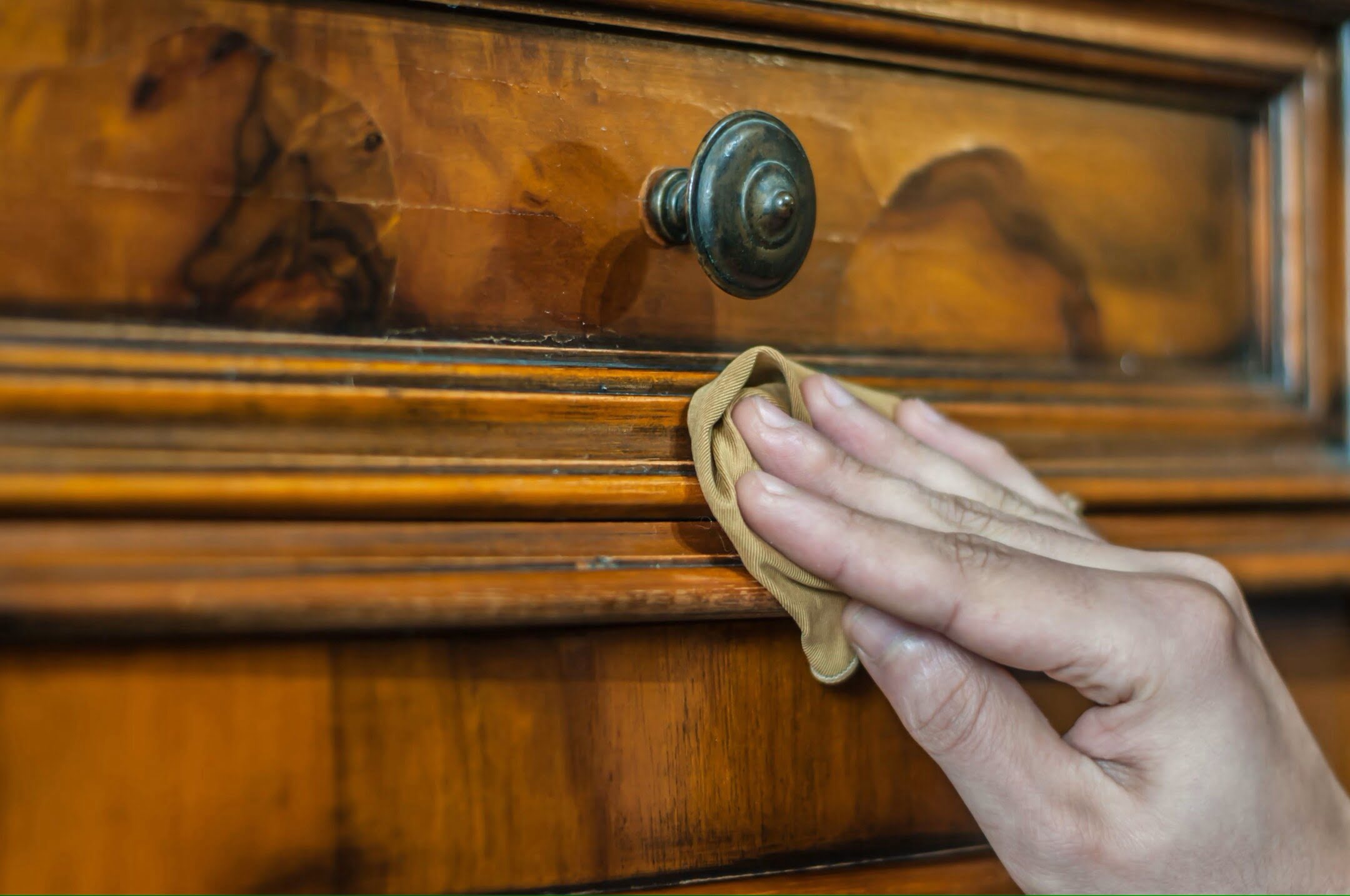

Home DIY & Maintenance
How Do You Remove Furniture Polish Buildup
Modified: December 21, 2023
Learn how to effectively remove furniture polish buildup with our expert DIY tips and techniques. Keep your home looking its best with our maintenance advice.
(Many of the links in this article redirect to a specific reviewed product. Your purchase of these products through affiliate links helps to generate commission for Storables.com, at no extra cost. Learn more)
Introduction
Welcome to our guide on removing furniture polish buildup! Over time, the regular use of furniture polish can lead to a sticky residue known as buildup. This buildup not only affects the appearance of your furniture but can also attract dust and grime, making it even more challenging to maintain a clean and polished look.
In this article, we will delve into the intricacies of furniture polish buildup, exploring its causes and the most effective methods for its removal. Whether you prefer natural remedies or commercial products, we have you covered. Additionally, we will discuss preventive measures to help you maintain the luster of your furniture without succumbing to the perils of stubborn buildup.
So, if you're ready to bid farewell to unsightly furniture polish buildup and restore the natural beauty of your furnishings, let's dive into the world of furniture maintenance and discover how to tackle this common issue with confidence and ease.
Key Takeaways:
- Say goodbye to sticky furniture polish buildup by using natural ingredients like vinegar, baking soda, and lemon juice. These eco-friendly solutions effectively dissolve residue without harming your furniture.
- Prevent furniture polish buildup by applying it sparingly, dusting regularly, scheduling deep cleanings, and using protective mats. These proactive measures maintain your furniture’s beauty and minimize stubborn residue.
Read more: How To Remove Buildup In Toilet Bowl
Understanding Furniture Polish Buildup
Before delving into the removal methods, it’s essential to understand what causes furniture polish buildup. Furniture polish, while initially intended to enhance and protect the appearance of wood surfaces, can accumulate over time, resulting in a sticky, grimy residue. This buildup is often caused by the frequent application of polish without proper removal between applications.
When furniture polish is applied, it leaves behind a thin layer that can gradually build up with each subsequent application. Additionally, dust and other airborne particles can adhere to the polish, further contributing to the buildup. As a result, the once-glossy and smooth surface of your furniture may become tacky and dull, detracting from its overall aesthetic appeal.
Moreover, certain types of furniture polish contain silicone, which can exacerbate the buildup, making it even more challenging to remove. While silicone provides a glossy finish, it can create a barrier that traps subsequent layers of polish, dust, and dirt, leading to a stubborn accumulation that requires thorough attention to eliminate.
It’s important to note that furniture polish buildup is not limited to wood surfaces. It can also affect other materials, such as laminate and certain types of metal, causing similar issues related to appearance and maintenance.
Understanding the nature of furniture polish buildup is crucial in determining the most effective removal methods. By gaining insight into the causes and characteristics of buildup, you can approach its removal with confidence, knowing that you are equipped with the knowledge to restore your furniture to its former glory.
Removing Furniture Polish Buildup
When it comes to removing furniture polish buildup, it’s essential to approach the task with care and precision to avoid damaging the underlying surface. Whether you’re dealing with a minor accumulation or a more substantial buildup, there are several methods you can employ to restore your furniture to its original luster.
Before embarking on the removal process, it’s advisable to test any cleaning solution or method on a small, inconspicuous area of the furniture to ensure that it does not cause discoloration or damage. Once you’ve confirmed the safety of the chosen method, you can proceed with confidence, knowing that your furniture is in good hands.
When tackling furniture polish buildup, the following methods have proven to be effective:
- Natural Methods: Utilizing gentle yet potent natural ingredients, such as vinegar, baking soda, or lemon juice, can help dissolve and lift the stubborn residue without harming the underlying surface.
- Chemical Methods: Commercial furniture polish removers and specialty cleaning products are designed to target and eliminate buildup effectively. These products are formulated to penetrate and dissolve the residue, facilitating its removal without causing damage.
By choosing the appropriate method based on the severity of the buildup and the type of furniture surface, you can effectively restore the natural beauty of your furnishings while safeguarding their integrity.
Now, let’s explore these methods in greater detail, delving into natural and chemical approaches to removing furniture polish buildup and providing insights into their application and efficacy.
Natural Methods for Removing Furniture Polish Buildup
For those who prefer a more eco-friendly and gentle approach to removing furniture polish buildup, natural methods offer a compelling solution. These methods harness the power of everyday household ingredients to effectively dissolve and eliminate the stubborn residue without resorting to harsh chemicals.
Here are some natural methods that have proven to be effective in removing furniture polish buildup:
- Vinegar Solution: A solution of white vinegar and water can be an excellent ally in combating furniture polish buildup. The acidic nature of vinegar helps break down the residue, making it easier to wipe away. Simply mix equal parts of water and vinegar in a spray bottle, then apply the solution to the affected areas. Allow it to sit for a few minutes before gently wiping the surface with a clean, damp cloth. Repeat as necessary until the buildup is completely removed.
- Baking Soda Paste: Baking soda is renowned for its abrasive yet non-abrasive nature, making it an ideal candidate for tackling stubborn buildup. Create a paste by mixing baking soda with water, then apply it to the affected areas. Gently rub the paste in a circular motion, allowing the baking soda to lift the residue. Afterward, wipe the surface clean with a damp cloth, ensuring that all traces of the paste and residue are removed.
- Lemon Juice: The natural acidity of lemon juice can work wonders in dissolving furniture polish buildup. Saturate a clean cloth with lemon juice and gently rub it over the affected areas. The citric acid will help break down the residue, allowing for easy removal. Once the buildup is lifted, wipe the surface with a damp cloth to reveal the refreshed appearance of your furniture.
These natural methods not only effectively remove furniture polish buildup but also offer the added benefit of being safe for the environment and the surrounding living spaces. By harnessing the power of these everyday ingredients, you can restore the natural beauty of your furniture while embracing a more sustainable approach to maintenance.
Mix equal parts of white vinegar and water, then use a soft cloth to gently wipe away the buildup. The vinegar will help break down the polish, leaving your furniture clean and shiny.
Chemical Methods for Removing Furniture Polish Buildup
When faced with stubborn furniture polish buildup that requires a more potent solution, chemical methods provide an effective means of restoration. Commercial furniture polish removers and specialty cleaning products are specifically formulated to target and eliminate buildup without compromising the integrity of the underlying surfaces.
Here are some chemical methods that have demonstrated effectiveness in removing furniture polish buildup:
- Furniture Polish Remover: Dedicated furniture polish removers are designed to penetrate and dissolve stubborn buildup, making it easier to wipe away. These products are formulated to be gentle on wood and other surfaces while effectively tackling accumulated residue. When using a furniture polish remover, it’s essential to follow the manufacturer’s instructions and ensure proper ventilation in the area.
- Specialty Cleaning Products: Certain specialty cleaning products are tailored to address specific types of buildup, including furniture polish residue. These products are available in various formulations, such as sprays, gels, or wipes, and are designed to provide targeted removal of stubborn residues. When selecting a specialty cleaning product, consider the material of your furniture and choose a product that is compatible with the surface.
When employing chemical methods for removing furniture polish buildup, it is crucial to prioritize safety and proper ventilation. Additionally, it’s advisable to wear gloves and follow the manufacturer’s recommendations to ensure a successful and safe removal process.
By utilizing these chemical methods, you can effectively address persistent furniture polish buildup and restore the natural allure of your furnishings. When applied with care and adherence to safety guidelines, these methods offer a reliable solution for combating stubborn residue and revitalizing the appearance of your furniture.
Read more: What Is In Pledge Furniture Polish
Preventing Furniture Polish Buildup
While knowing how to effectively remove furniture polish buildup is crucial, taking preventive measures can significantly reduce the likelihood of excessive residue accumulation in the first place. By implementing proactive strategies, you can maintain the pristine appearance of your furniture and minimize the need for frequent intensive cleaning and restoration.
Here are some preventive measures to help mitigate furniture polish buildup:
- Proper Application: When applying furniture polish, use a modest amount and ensure even coverage across the surface. Avoid excessive application, as this can contribute to the buildup of residue over time. Additionally, consider using a microfiber cloth to apply and buff the polish, as it can help achieve a smooth finish without leaving behind excess product.
- Regular Cleaning: Incorporate regular dusting and cleaning into your furniture maintenance routine. By removing dust and debris from the surfaces, you can prevent them from combining with the polish and forming stubborn buildup. Use a soft, lint-free cloth or a duster to gently remove dust from the furniture, paying attention to intricate details and crevices where dust tends to accumulate.
- Scheduled Maintenance: Establish a schedule for thorough cleaning and maintenance of your furniture. This may include periodic deep cleaning to remove any accumulated residue and restore the natural luster of the surfaces. By adhering to a maintenance schedule, you can address minor buildup before it becomes more challenging to remove.
- Use of Protective Mats: For wooden furniture that is frequently in contact with items such as vases, decorative objects, or diningware, consider using protective mats or coasters to prevent direct contact with the polished surfaces. This can help minimize the transfer of residues and reduce the need for frequent cleaning and restoration.
By integrating these preventive measures into your furniture care routine, you can proactively mitigate the accumulation of furniture polish buildup, preserving the beauty and integrity of your furnishings. With a mindful approach to application and regular maintenance, you can enjoy the timeless elegance of your furniture without the burden of persistent residue.
Conclusion
As we conclude our exploration of removing furniture polish buildup, it’s evident that this common issue can be effectively addressed through a combination of understanding, proactive measures, and targeted removal methods. Whether you opt for natural remedies or chemical solutions, the key lies in approaching the task with care and precision to restore the natural beauty of your furniture.
By gaining insight into the underlying causes of furniture polish buildup and familiarizing yourself with the most effective removal methods, you are equipped to tackle this challenge with confidence. The utilization of natural ingredients such as vinegar, baking soda, and lemon juice offers a gentle and eco-friendly approach, while commercial furniture polish removers and specialty cleaning products provide targeted solutions for stubborn residue.
Furthermore, the implementation of preventive measures, such as proper application techniques, regular cleaning, scheduled maintenance, and the use of protective mats, can significantly reduce the likelihood of excessive buildup, contributing to the long-term preservation of your furniture’s allure.
It’s important to approach the removal of furniture polish buildup with a balanced perspective, considering both the immediate restoration of your furnishings and the long-term maintenance of their pristine appearance. By embracing a holistic approach to furniture care, you can enjoy the timeless elegance of your furniture while minimizing the impact of stubborn residue.
As you embark on the journey of maintaining your furniture, remember that a thoughtful and attentive approach can yield remarkable results. With the knowledge and strategies shared in this guide, you are empowered to bid farewell to unsightly buildup and welcome the renewed splendor of your cherished furnishings.
Here’s to the beauty and resilience of your furniture, and to the rewarding experience of maintaining a living space that reflects your care and dedication!
Frequently Asked Questions about How Do You Remove Furniture Polish Buildup
Was this page helpful?
At Storables.com, we guarantee accurate and reliable information. Our content, validated by Expert Board Contributors, is crafted following stringent Editorial Policies. We're committed to providing you with well-researched, expert-backed insights for all your informational needs.
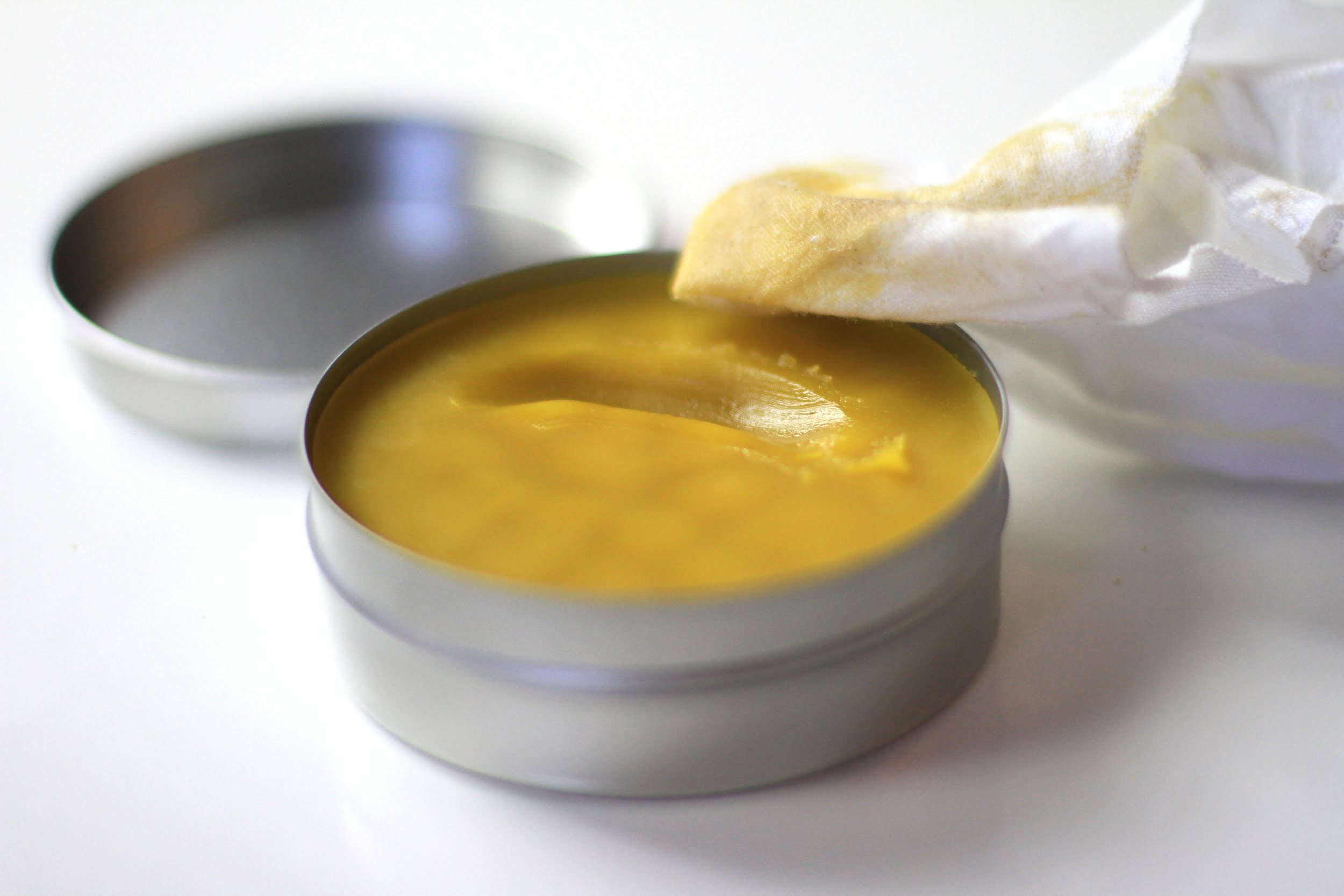
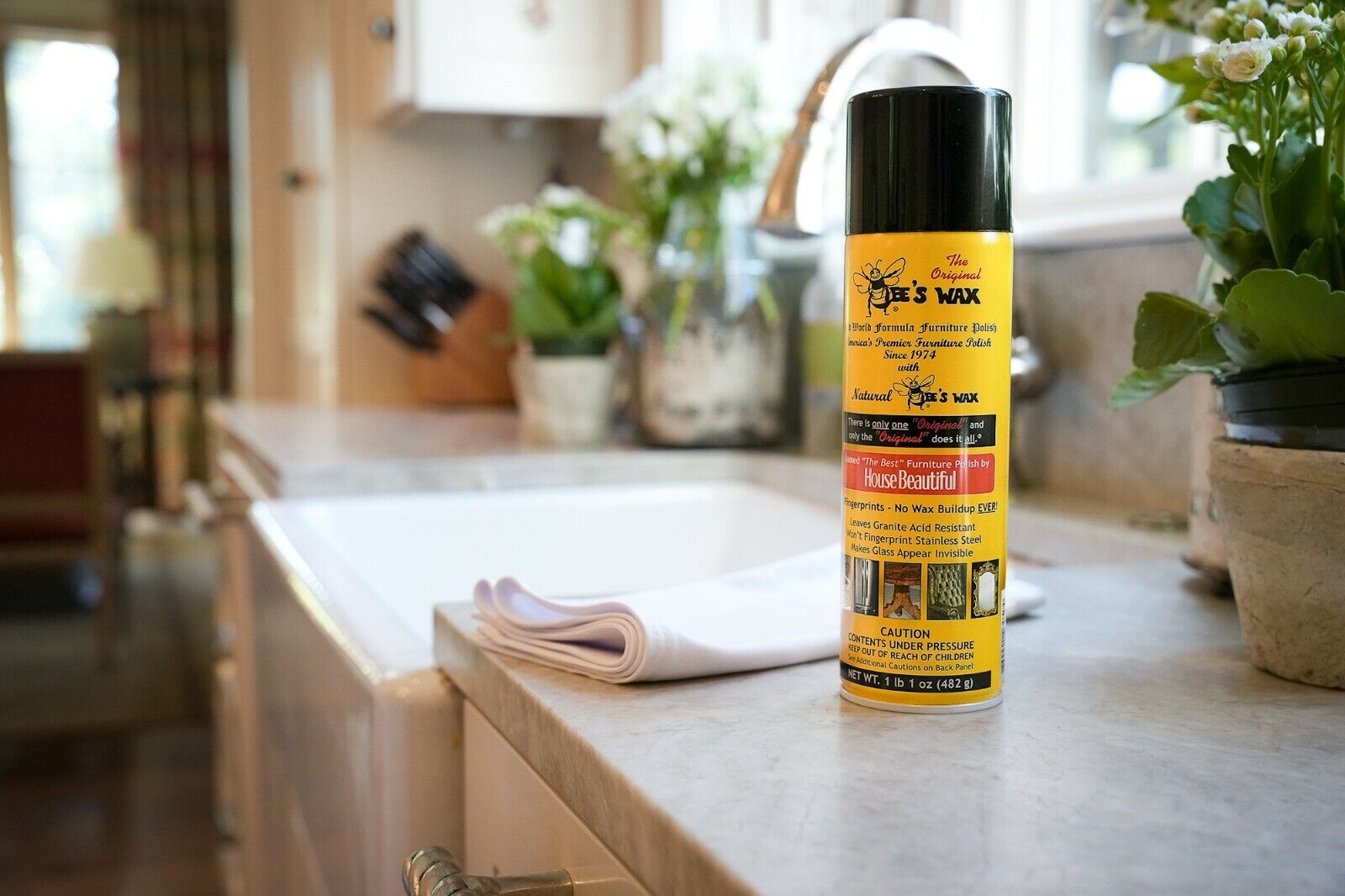
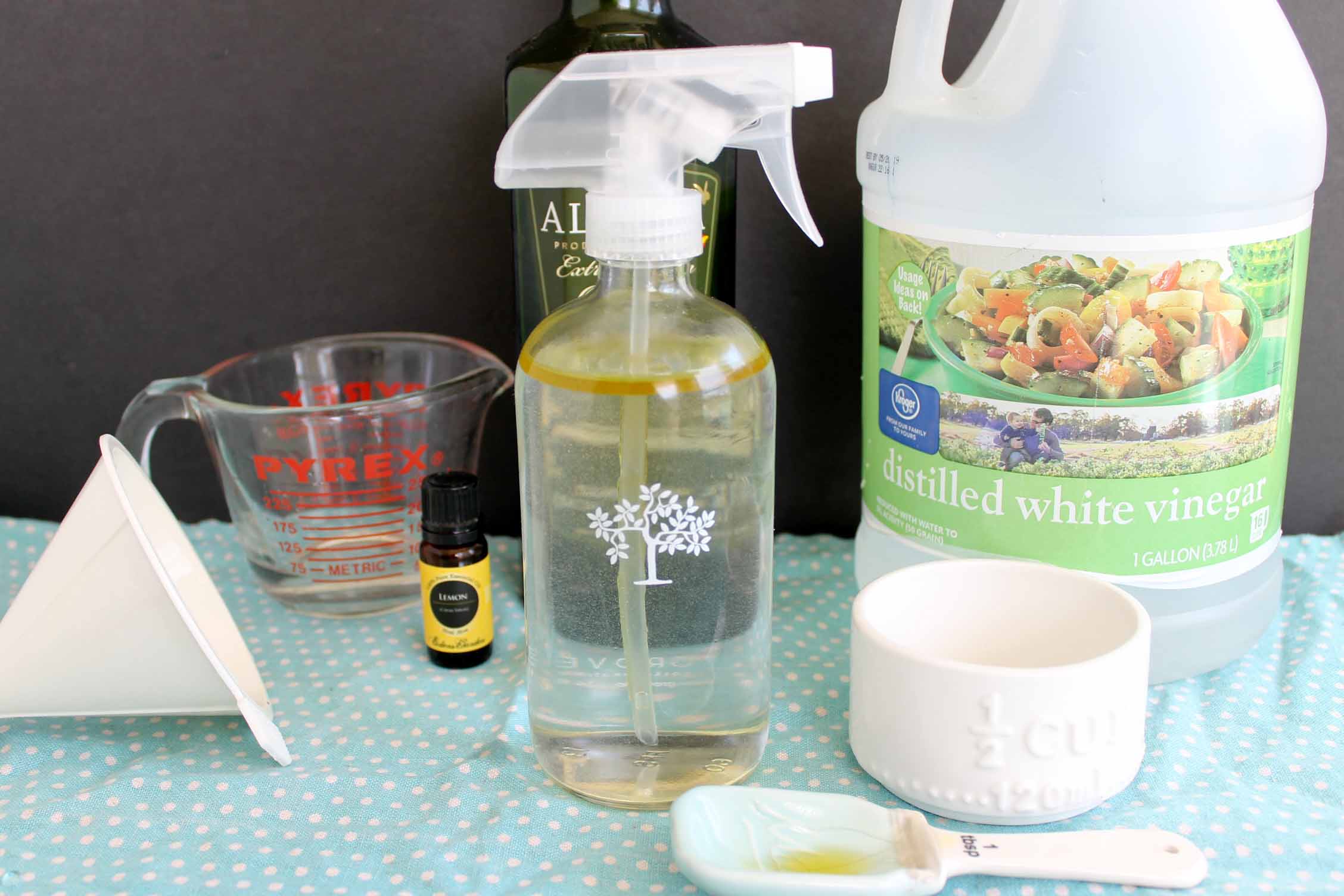
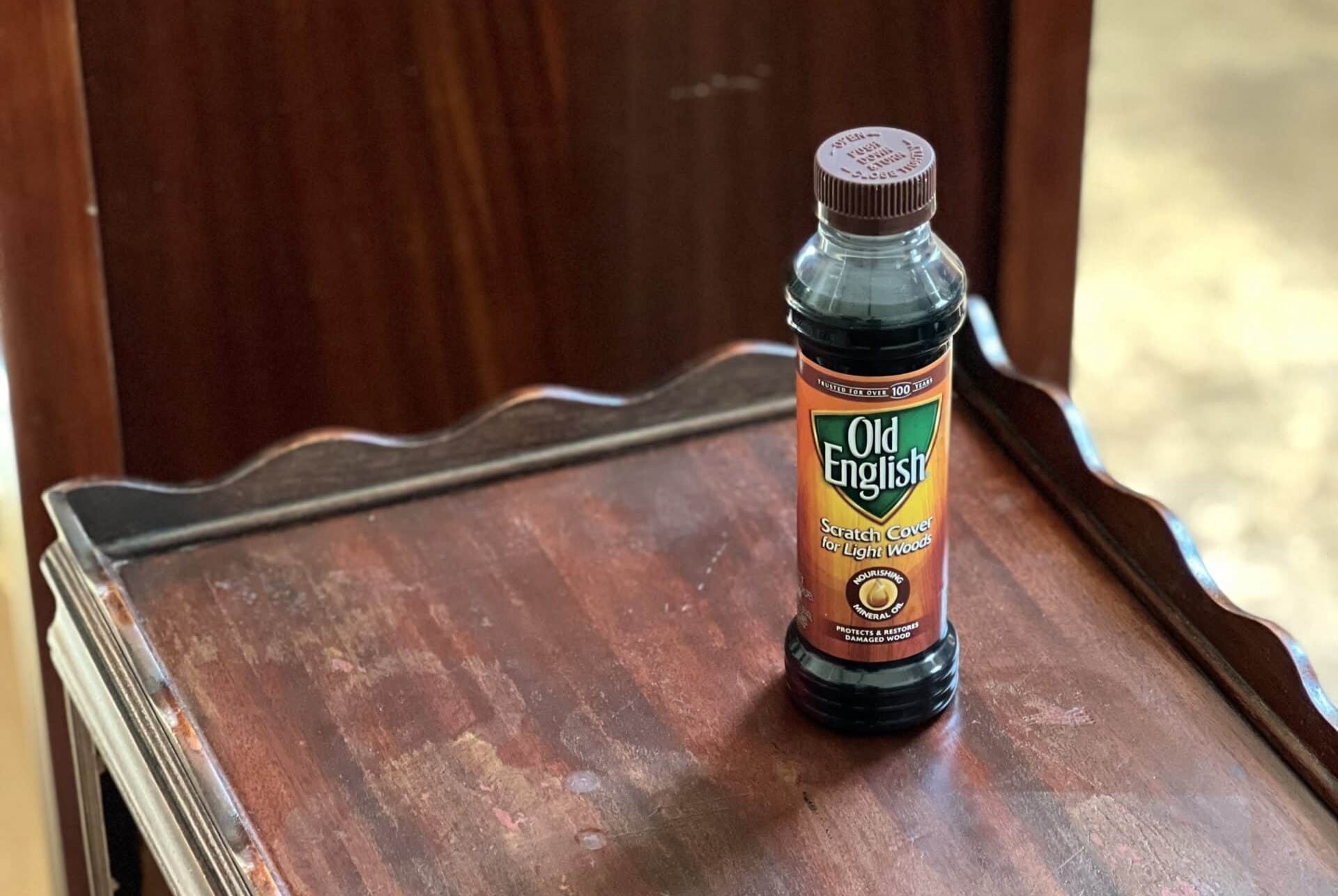
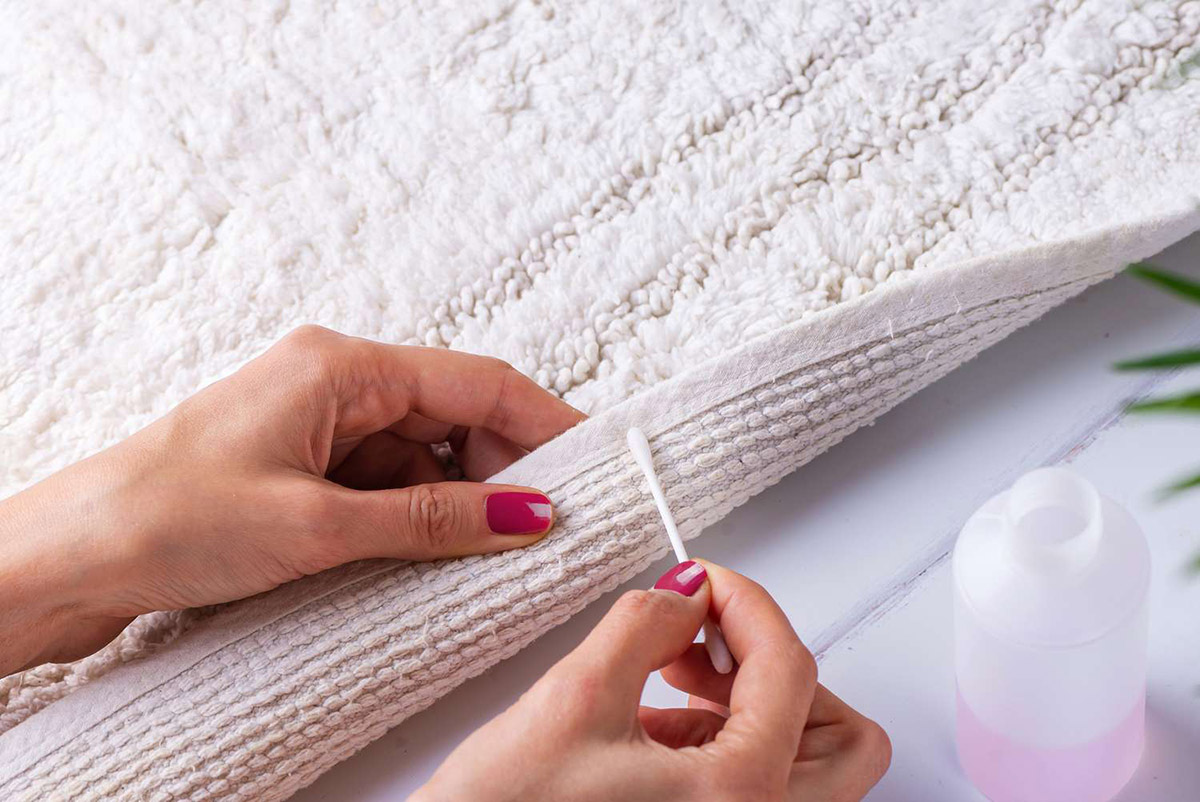
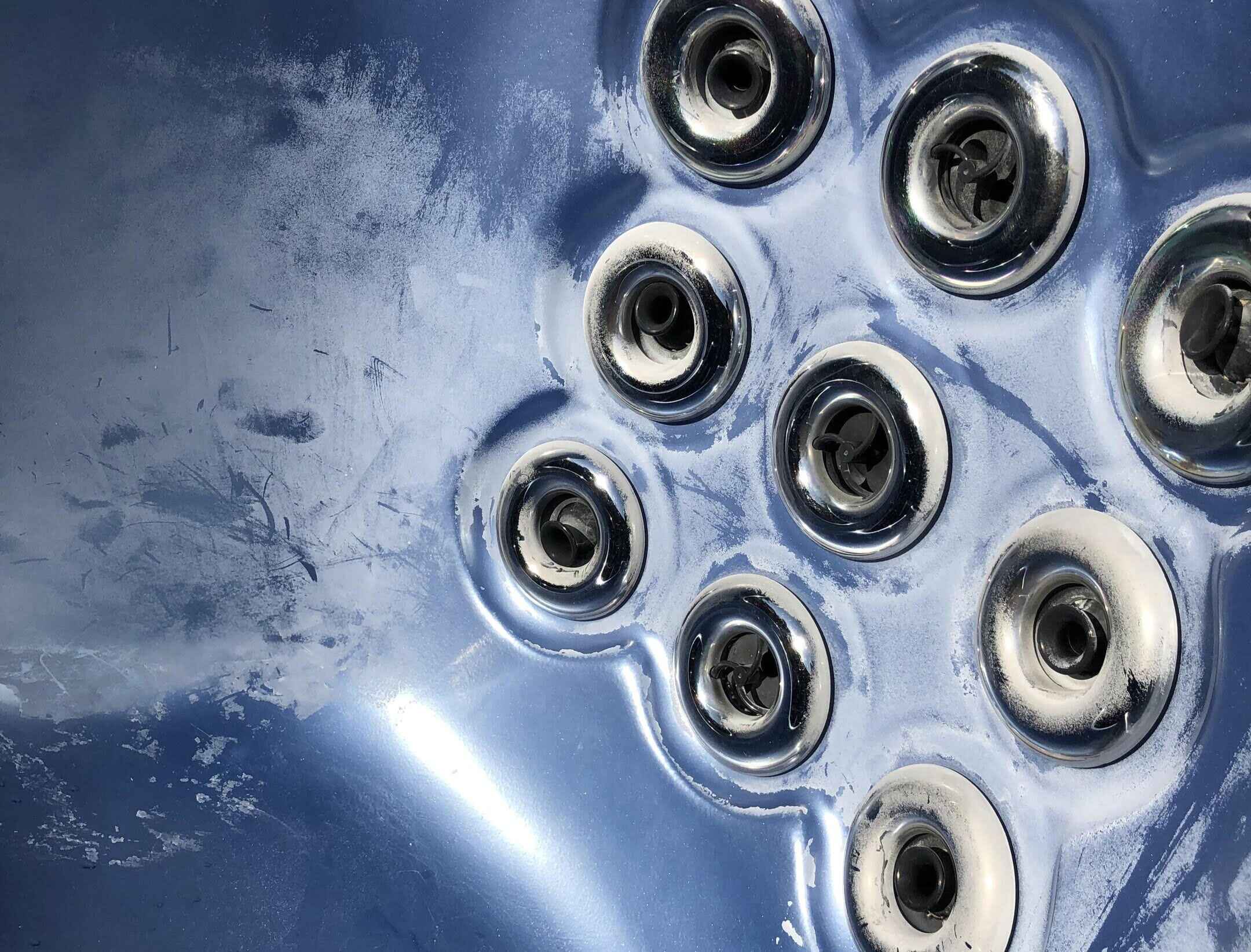
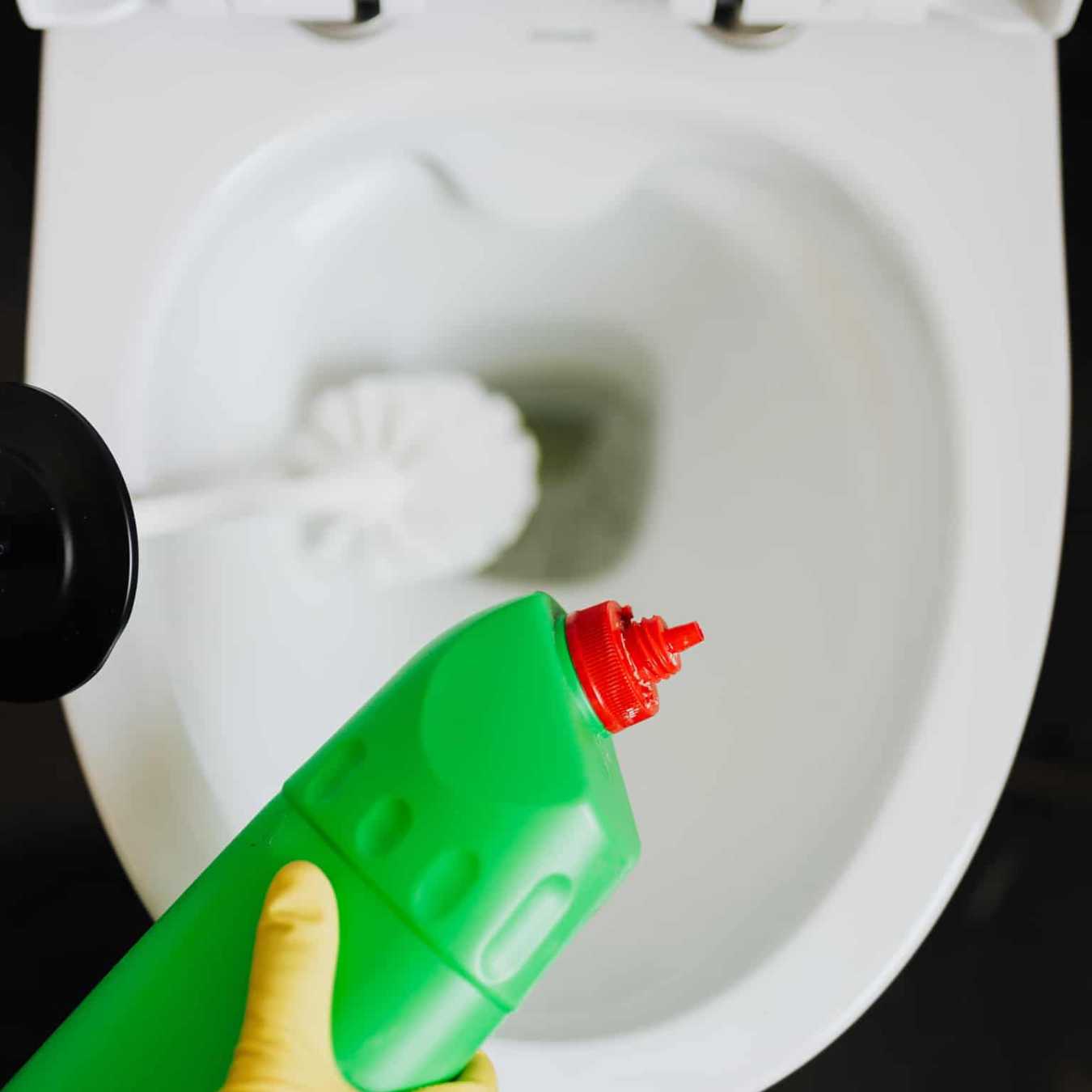
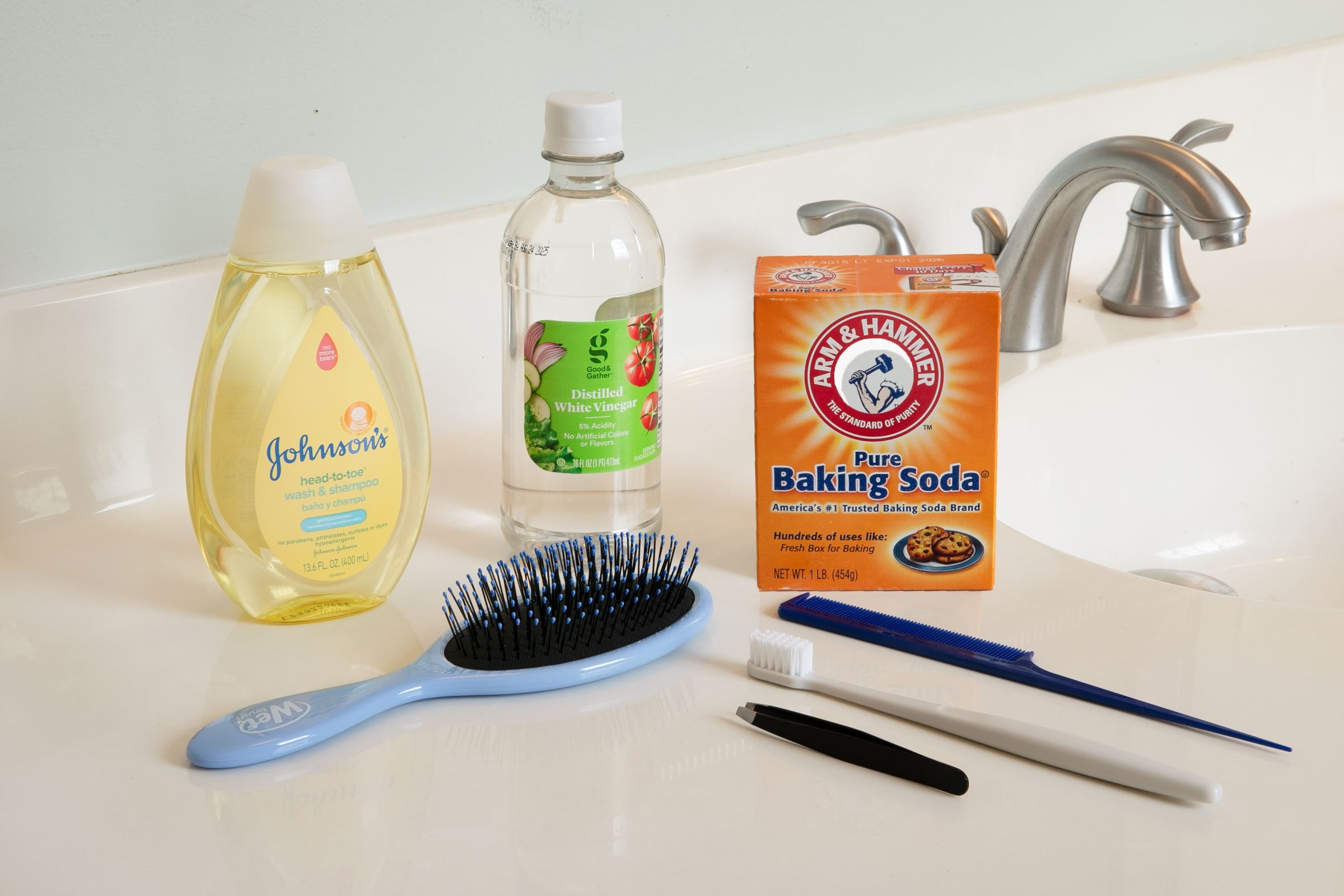
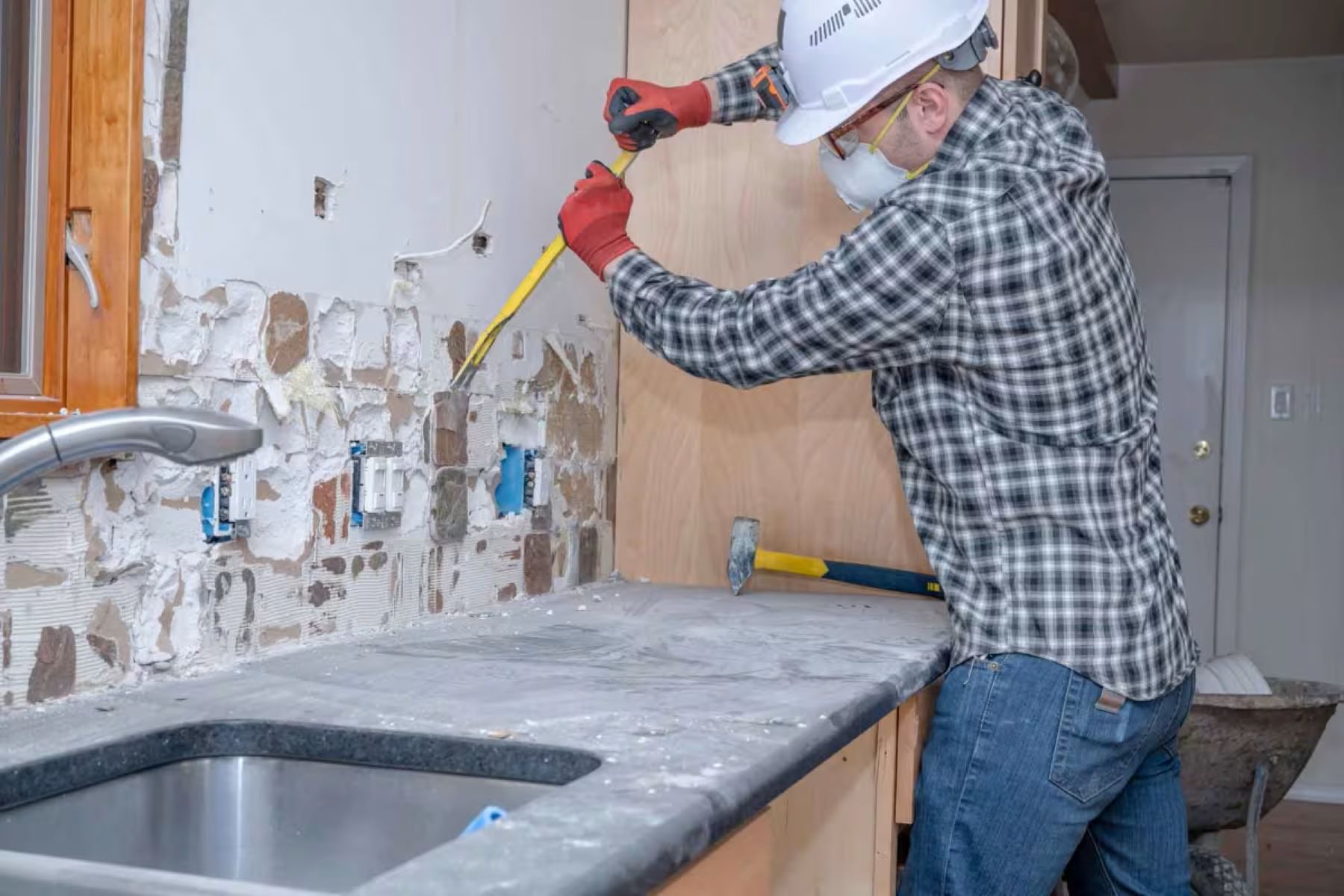
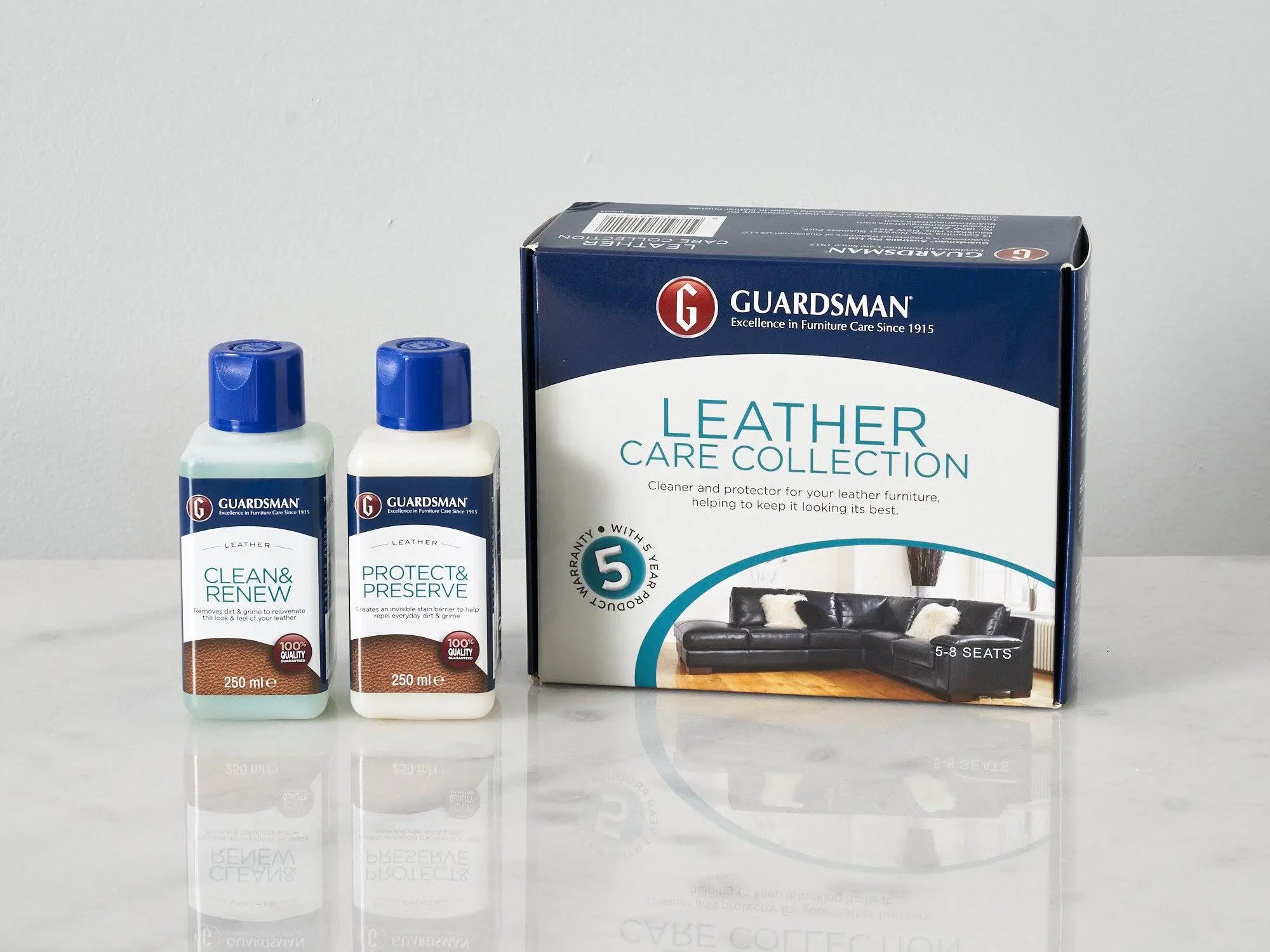
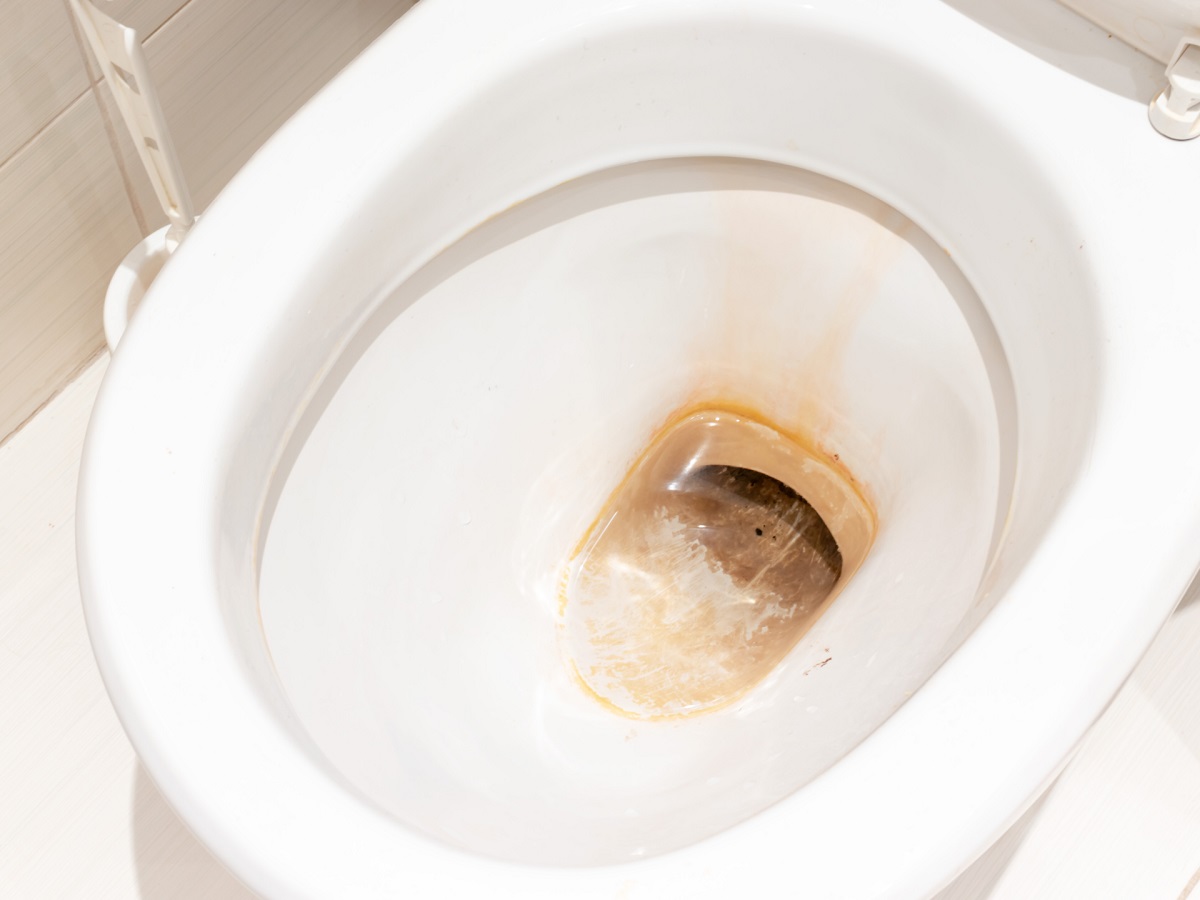
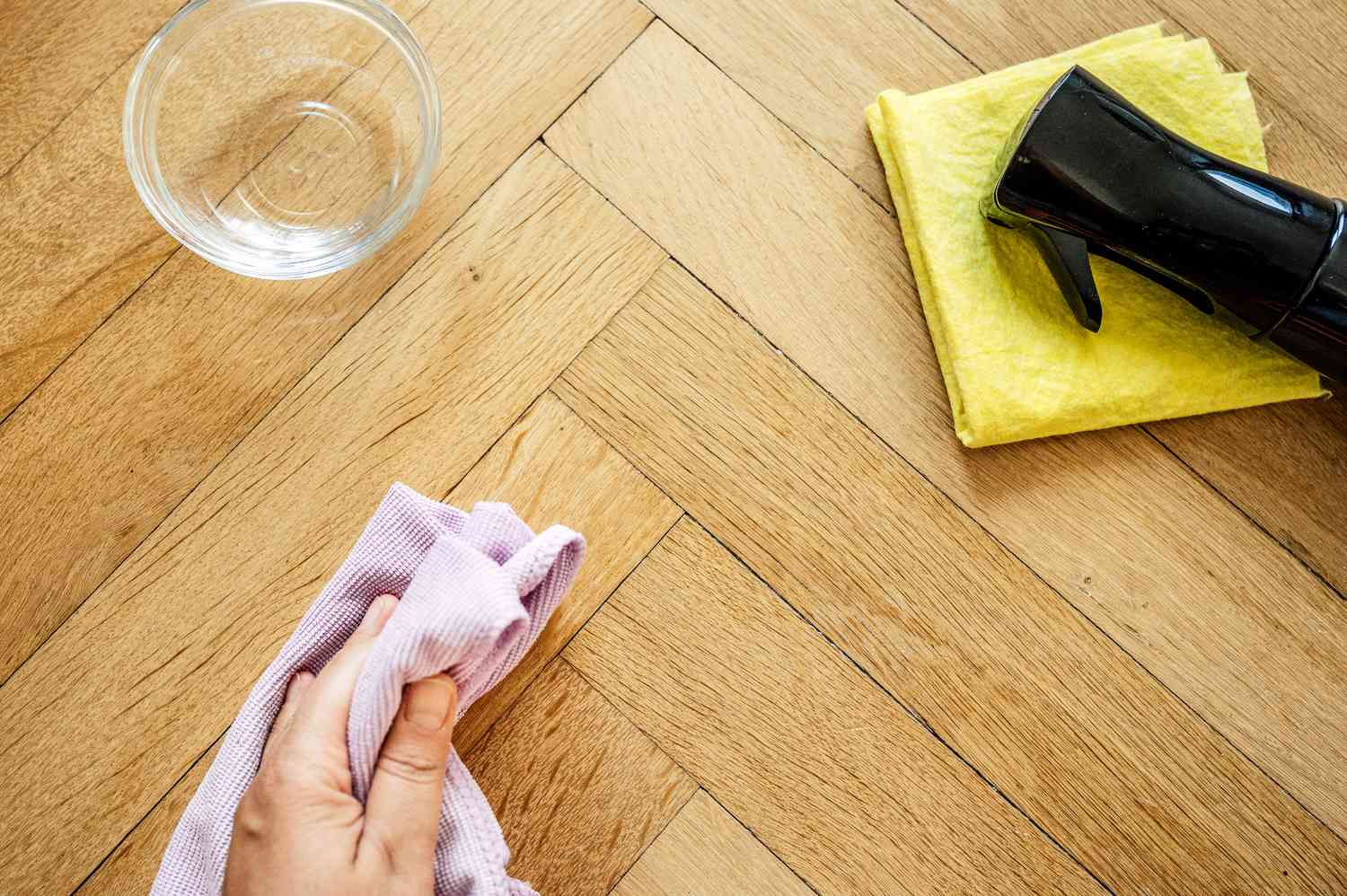
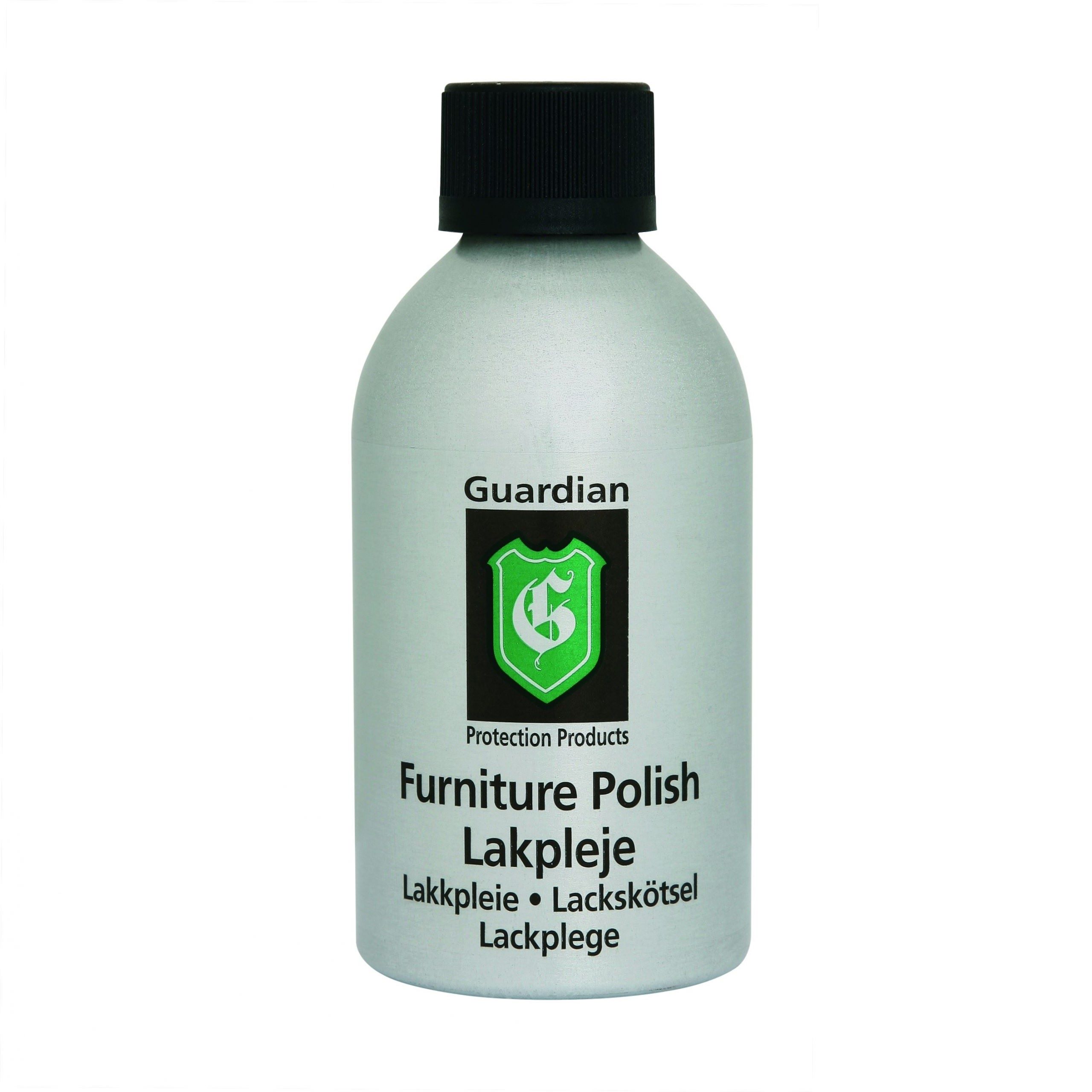
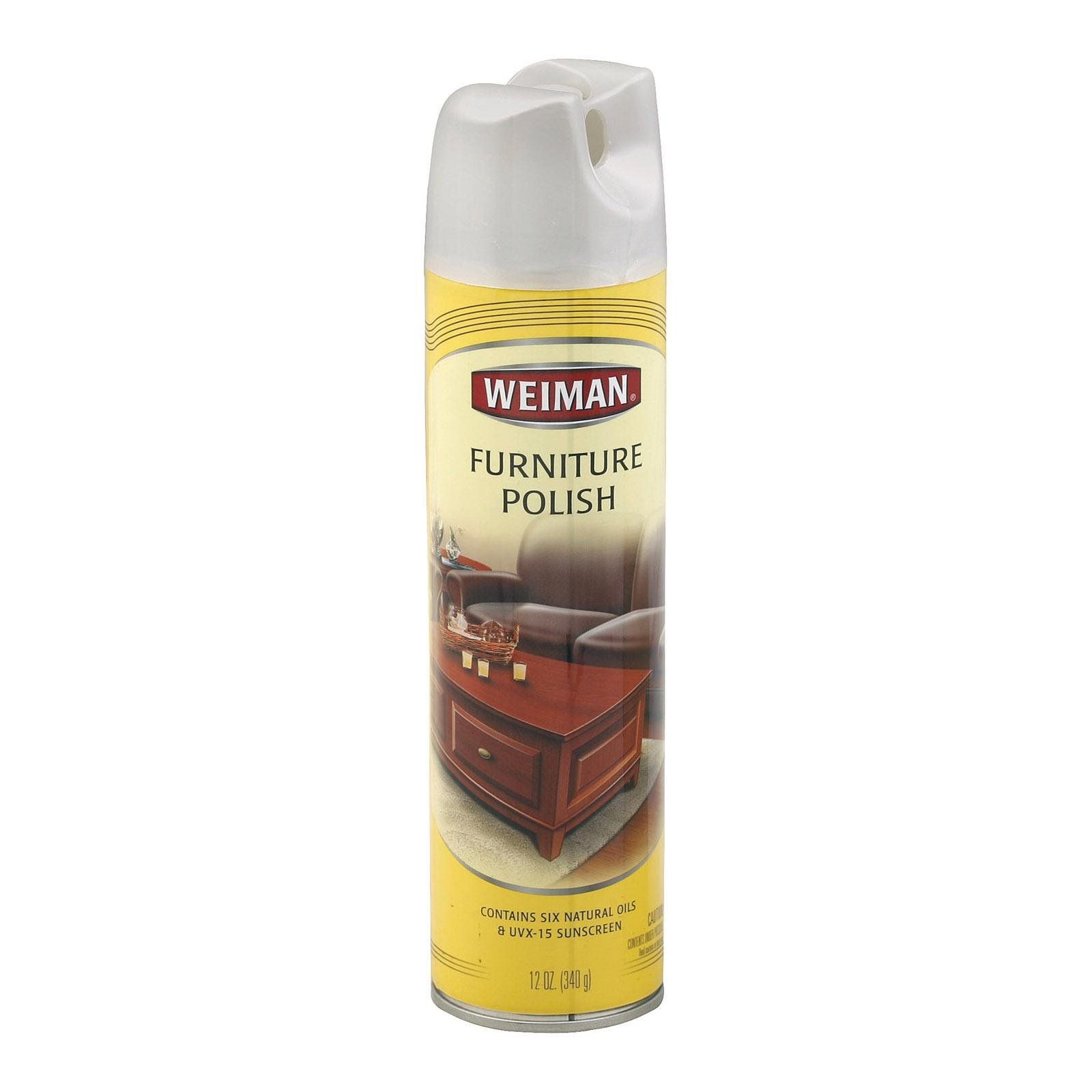

0 thoughts on “How Do You Remove Furniture Polish Buildup”